DESIGN OF AUTOMATED CONTROL SYSTEMS FOR MULTIPURPOSE OBJECTS
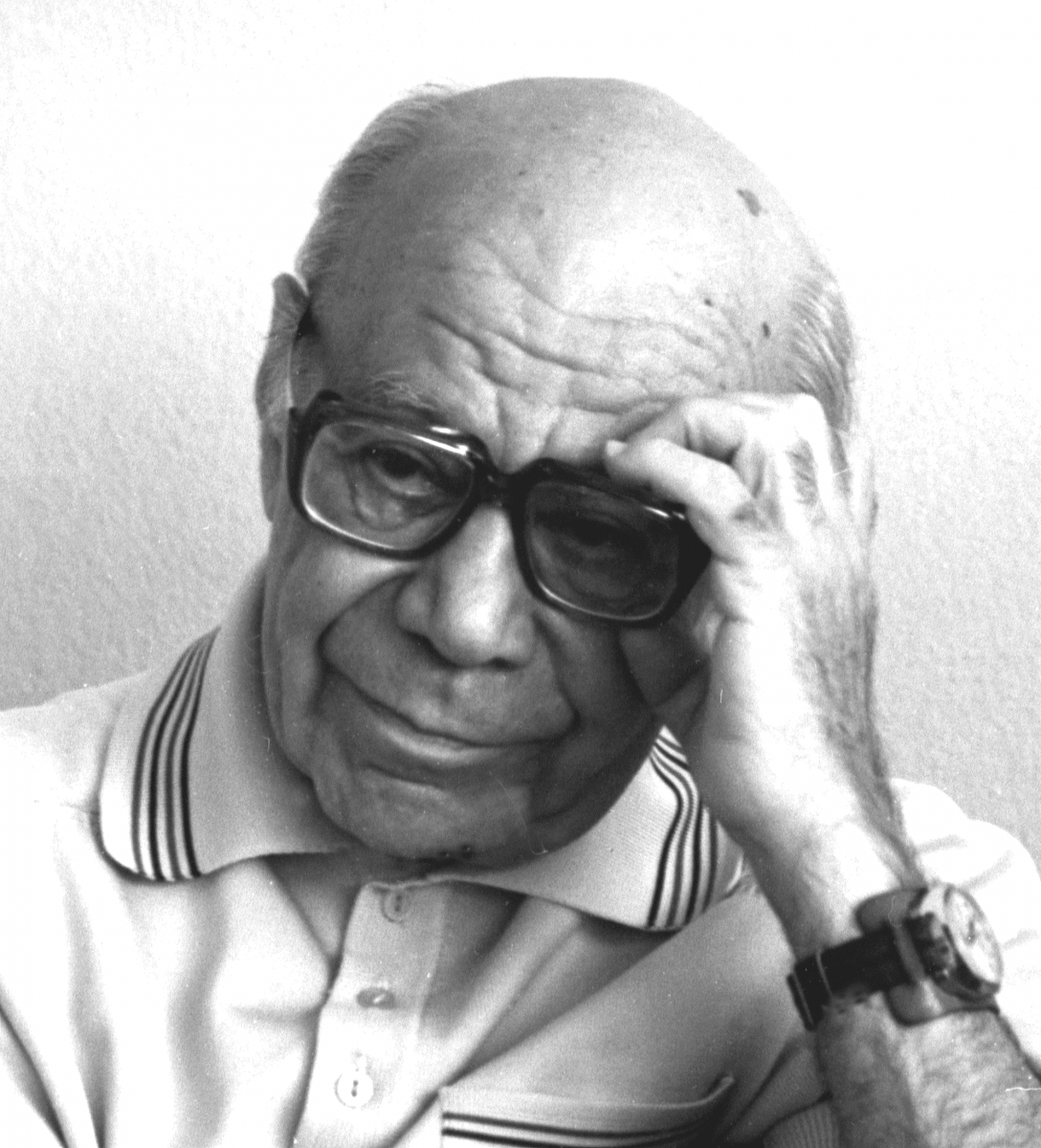 |
|
Semyon I. Bernstein, Founder and first Head of Laboratory No. 49 |
The Laboratory was established in 1968 by Semyon I. Bernstein, a famous scientist in the field of automatic control.
In 1989–2013, the Laboratory was headed by Dr. Sci. (Eng.), Prof. Manucher Kh. Dorri; in 2013–2019, by Dr. Sci. Georgy G. Grebenyuk. The Laboratory’s staff consists of 13 employees, including 5 Doctors and 4 Candidates of Sciences (Engineering; Physics and Mathematics).
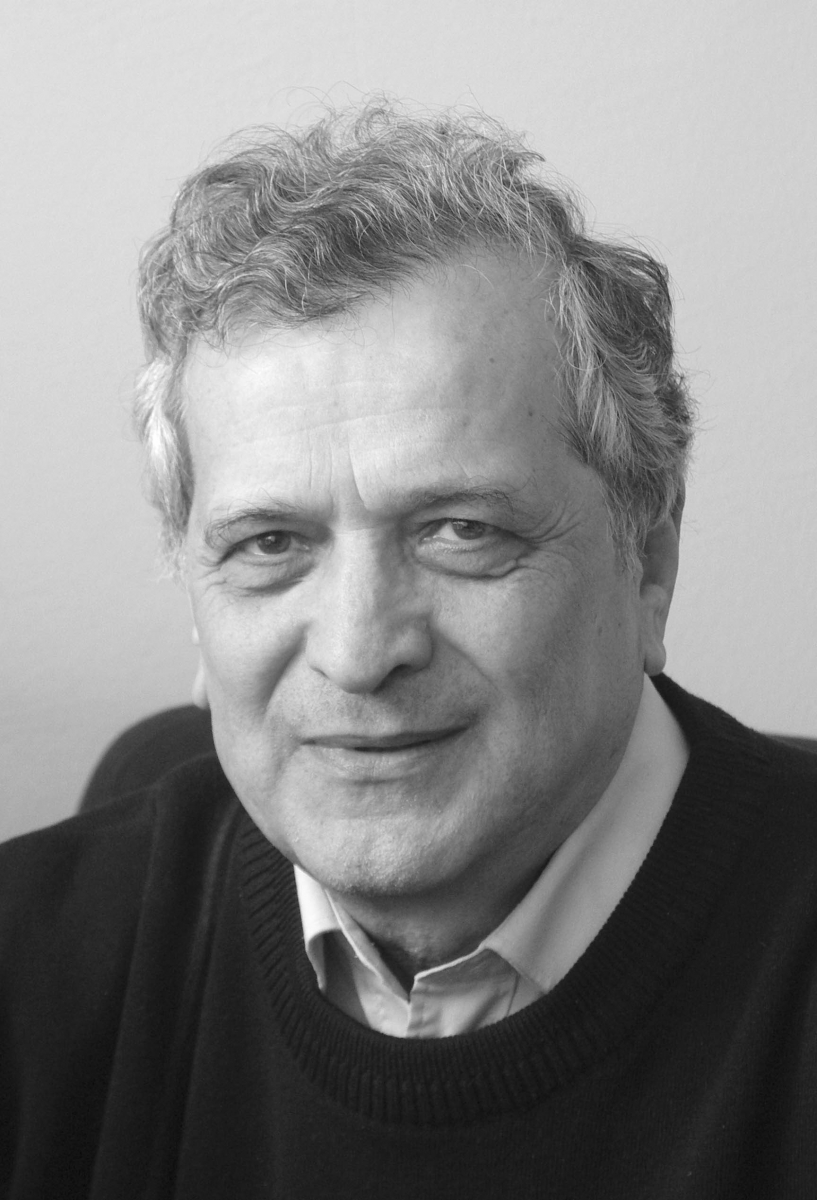 |
|
Manucher Kh. Dorri |
The Laboratory has traditionally conducted research in two interrelated areas:
- control structures and algorithms for complex dynamic objects, particularly power units and marine mobile objects;
- design principles and computer-aided design software for control systems and expert decision assessment systems.
During the construction of the world’s fastest nuclear submarine (Project 705), the Laboratory significantly contributed to developing the control system and studying the nuclear power unit’s dynamics, including successful testing of the unit.
Works were carried out to develop automation ideas for new ship designs. Automatic control systems for technical means of next‐generation marine objects and automated control systems for industrial processes were developed. In particular, a method to reduce submarine noise emissions by control system means was proposed and implemented in the prototype; the theoretical calculations were confirmed through successful ship tests.
Laboratory’s employees were invited as academic advisers on the automation of new nuclear icebreakers (Arktika and Sibir).
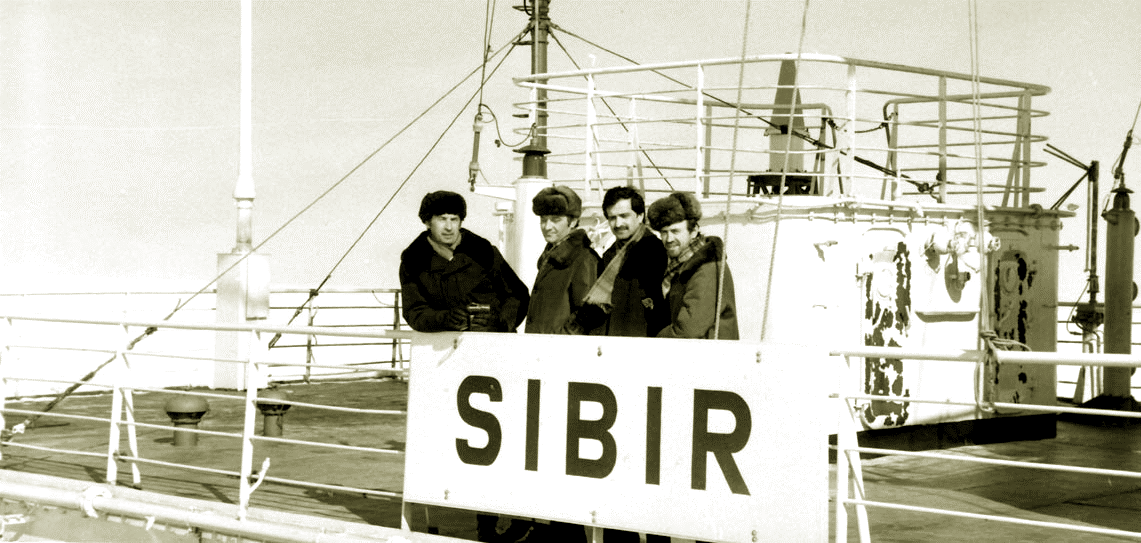 |
|
Laboratory’s employees aboard the nuclear icebreaker Sibir |
Theoretical issues were settled to calculate the heat-mass transfer equations on computers and justify the hierarchical structure of automation tools for the dynamic analysis and calculation of control systems. Procedures and algorithms were proposed for stability analysis, modeling, parameter optimization, etc.
The theoretical results were utilized to develop RDS, a software complex to analyze and design control systems (under the leadership of M.Kh. Dorri). This complex has been widely used in Russian research institutes and universities. It surpasses well‐known domestic and foreign analogs by several performance characteristics. RDS allows building full‐scale simulation benches to study the behavior of complex technical objects.
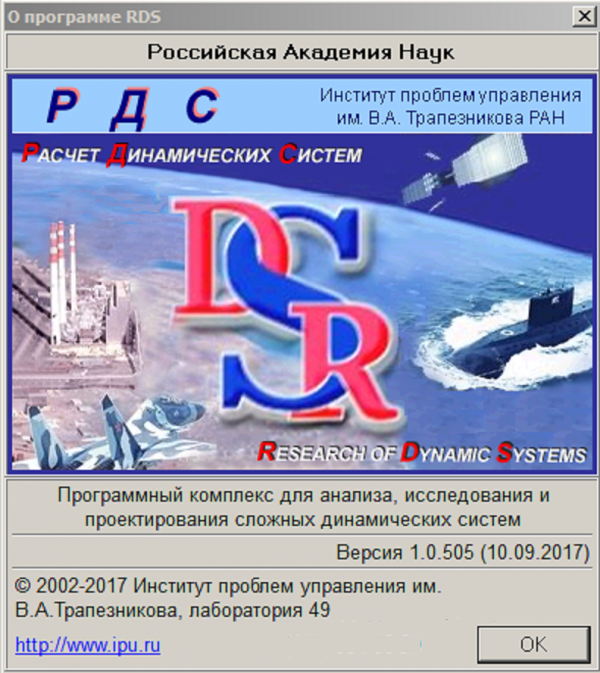 |
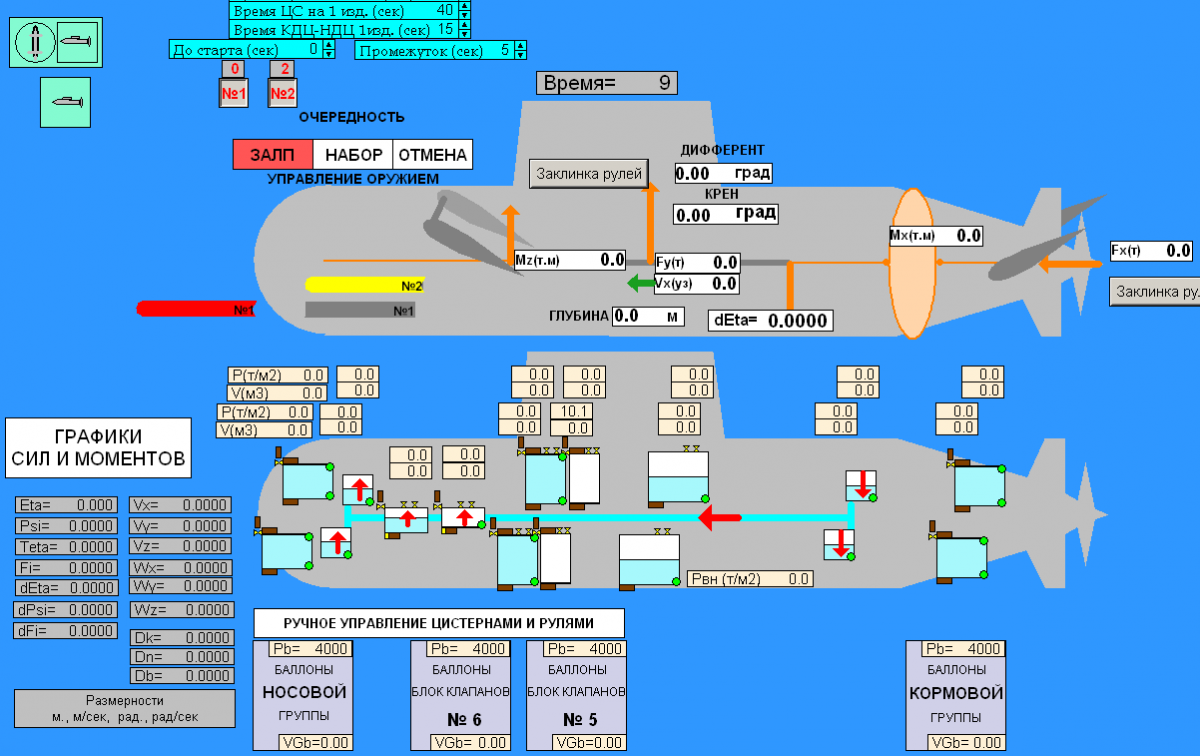 |
|
RDS: emblem and simulation bench display |
|
The RDS complex is adapted well to solving dynamic and logical problems. It has the following features: the visual creation of hierarchical block diagrams for control systems, logic adjustment for system blocks, the group change of block characteristics, etc. They were used to construct an information model of Moscow’s heat supply system and solve other life support tasks of the city.
In the 1990s, a new area of Laboratory’s research appeared under the leadership of Dr. Sci. (Eng.) G.G. Grebenyuk. This area concerns information‐analytical automated systems for managing large organizational and technical complexes (e.g., the fuel and energy complex of a megapolis).
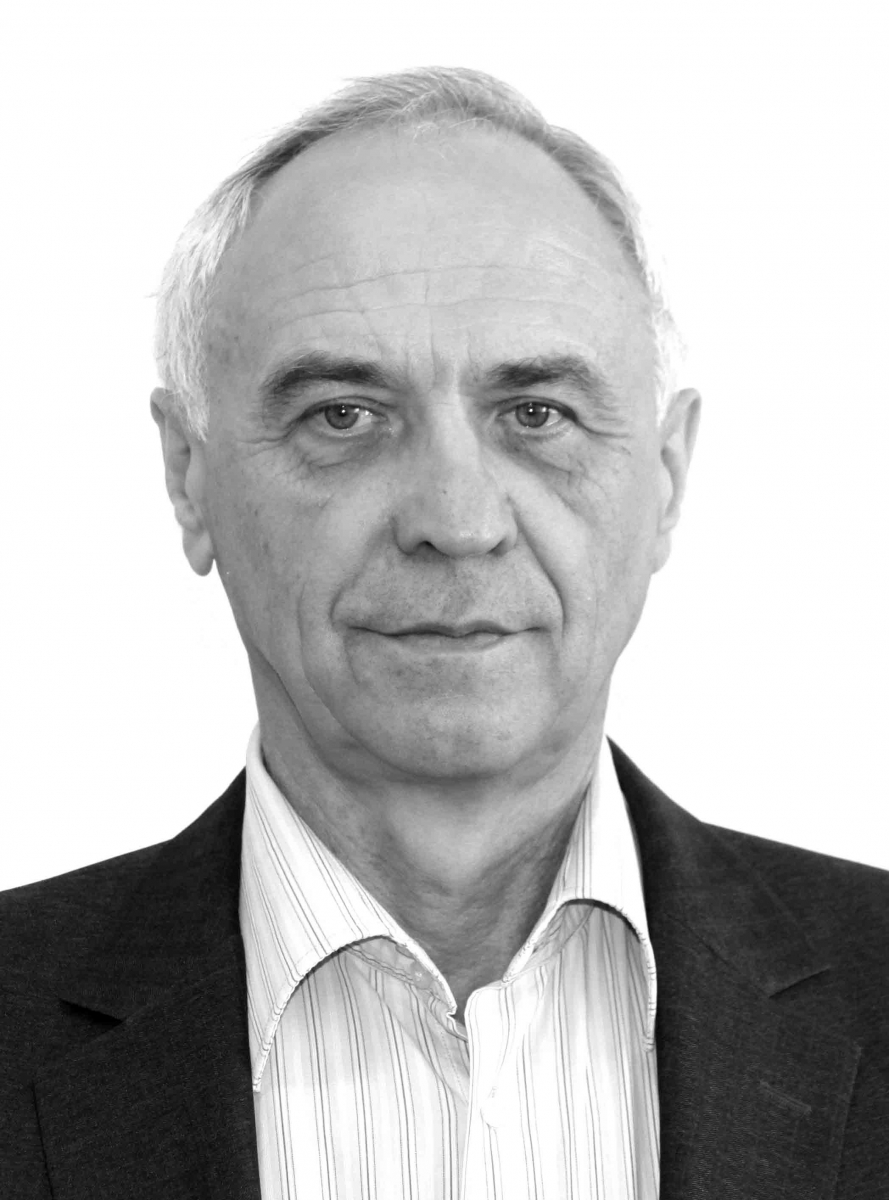 |
|
Georgy G. Grebenyuk, Head of Laboratory No. 49 |
Such complexes are characterized by insufficiently structured objects, tasks, and control processes as well as multiple connections between them. Several large automated systems were put into commercial operation, including those improving the efficiency of Moscow’s fuel and energy complex.
Further development in this area is associated with new models and methods to improve the security of infrastructure network objects (e.g., energy, water, and fuel supply systems). Methods and tools are developed to design large information and control systems using the multi‐aspect approach.
Based on artificial intelligence approaches, the Laboratory develops situation analysis methods in the space of fuzzy relations to model the behavior of complex discrete objects and processes. This research was led by Dr. Sci. (Eng.), Prof. V.V. Devyatkov. The object of studies is information support systems for managing complex organizational and technical complexes with multi‐agent architecture. For multi‐agent systems, the problems under consideration include pattern recognition, inference, representation and modification of knowledge, planning and goal‐setting, information protection, and others. In this area, theoretical research on fuzzy calculus was carried out recently. The corresponding results can be used to develop models of agents.
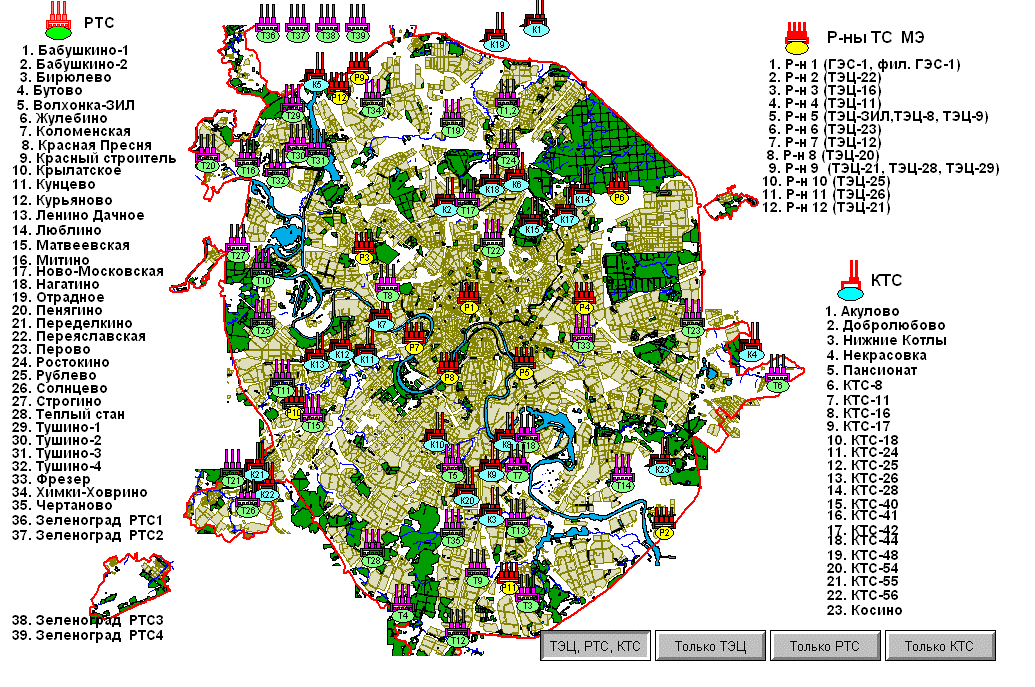 |
|
Moscow's electricity supply scheme |
Moreover, fuzzy calculus‐based methodologies were developed to create situation recognition agents in various fields. Current studies focus on situation analysis agents for urban infrastructure objects.
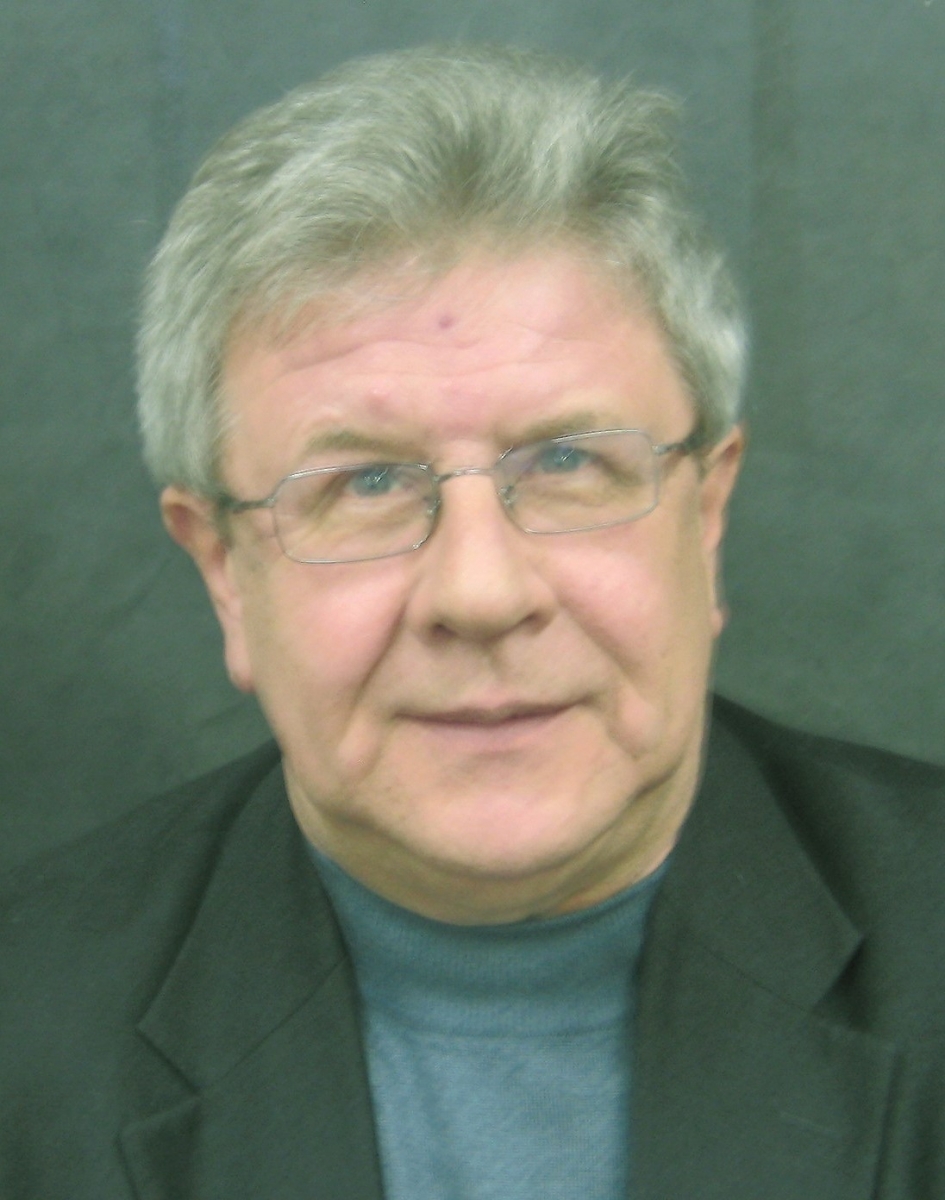 |
|
Georgy N. Kalyanov |
In 2017, the Laboratory merged Laboratory No. 59, headed by Dr. Sci. (Eng.), Prof. G.N. Kalyanov. The main research area of Laboratory No. 59 was automation methods for organizational process management. This important area was preserved in Laboratory No. 49 as well. Studies involve the formal theory of business processes developed in Laboratory No. 59. The theory provides a holistic approach to analyzing, designing, and managing this class of systems.
Here, the main results are as follows: a formal methodology for reorganizing business processes, including their design, testing, and verification; a methodology for simulating conveyor processes defined by recursive functions; a methodology for managing the security of business processes and information systems.
Since 2019, the Laboratory has been headed by Cand. Sci. (Eng.) Alexander A. Roshchin.
Laboratory’s employees are actively involved in teaching activities. They deliver lectures based on research results and accumulated experience at leading universities: Lomonosov Moscow State University, the Moscow Institute of Physics and Technology, Bauman Moscow State Technical University, the Moscow State University of Technology (STANKIN), the Higher School of Economics, Plekhanov Russian University of Economics, Russian Technological University (MIREA), and Kikotya Moscow University of the Ministry of Internal Affairs of the Russian Federation.
Thus, Laboratory’s main activities are associated with the theory, principles, and methods of designing control systems for energetics and mobile objects and information support systems for multipurpose organizational and technical complexes.
